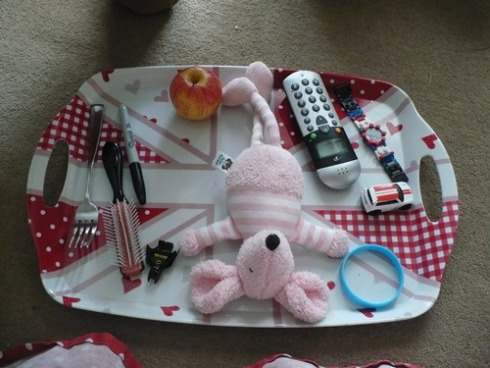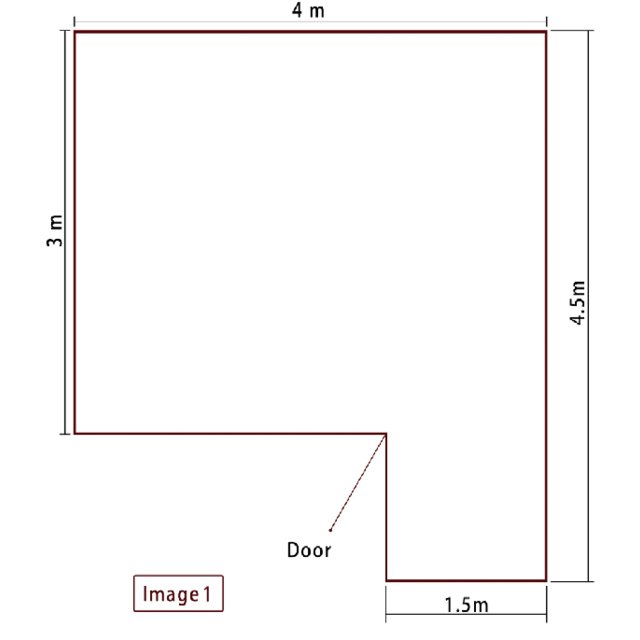Here are some ESL activities which practise the use of quantifiers and the use of there is & there are.
What’s in your fridge? – a vocabulary guessing game

This is a vocabulary guessing game for practising is there and are there questions, as well as quantifiers like some, any, a lot of and vocabulary related to food, the home, the workplace, or any other suitable category.
Write the name of each student on the board and underneath their name mark three lives, like this: I I I
Students take it in turns to guess what objects you may or may not have in your fridge by asking questions like is there a bottle of orange juice? are there any eggs?
If the student guesses correctly, move on to the next student, if they’re wrong then erase one of their lives and move on. If students don’t give an answer in 30 seconds then hit your buzzerand erase a life.
Keep track of vocabulary items which have already been guessed by writing them on the board.
The last player to still have a life is the winner.
When students have got the hang of it, they can take your place and let the other students guess the secrets of their own fridges.
Of course, you could also use this game to talk about the contents of a living room, garage, office, etc.
Alternative mingling activity
Have students make an anonymous list of the contents of their fridge. Collect the lists and redistribute them randomly. Students must now mingle and try to find whose fridge inventory they are holding by asking questions like:
Do you have any cheese?
How much cheese do you have?
Are there any eggs in your fridge?
How many eggs are there?
Kim’s game – practise there is and there are with this memory game

Kim’s game is an old-time memory game that can be used for reviewing there is and there is/are/was/were and for introducing some useful vocabulary for common household objects.
Describe a location

You can do this activity if there is a common area where you are teaching, for example, a kitchen, or a staff room.
Draw a rough outline of the room on the board and then ask students to try and remember what makes up the room. For example:
There are two sofas on the right side
There is a counter with a microwave oven and a kettle on it
You can send students out one at a time to reconnoitre the room and report back with additional details.
